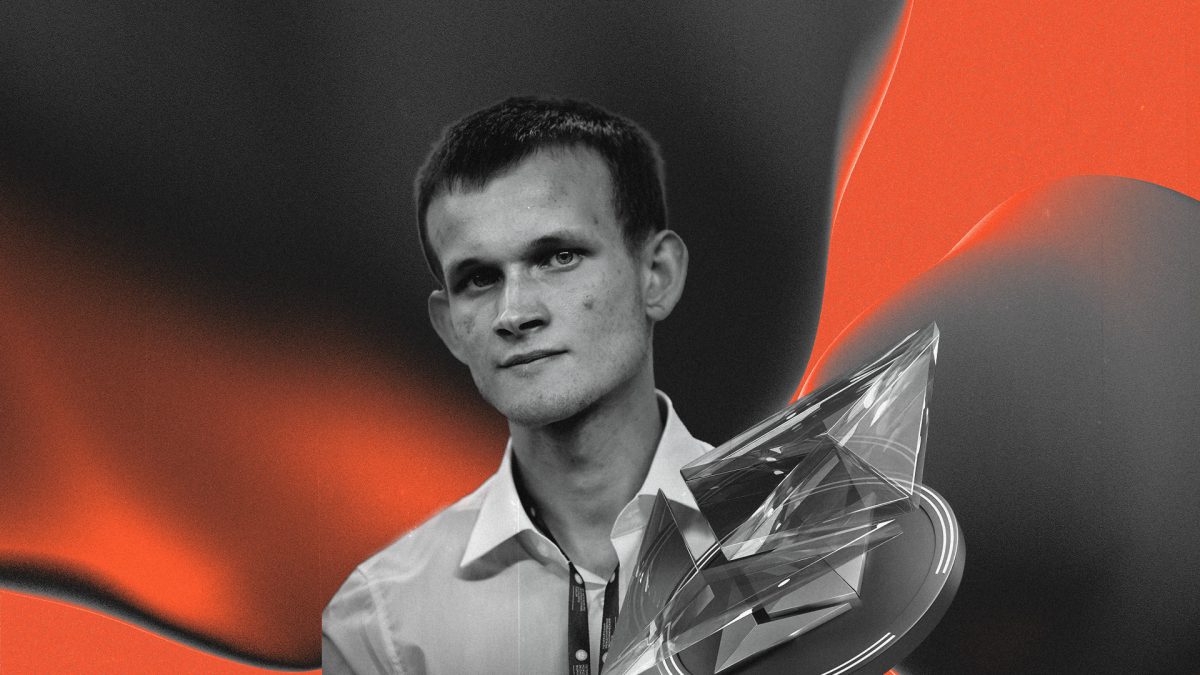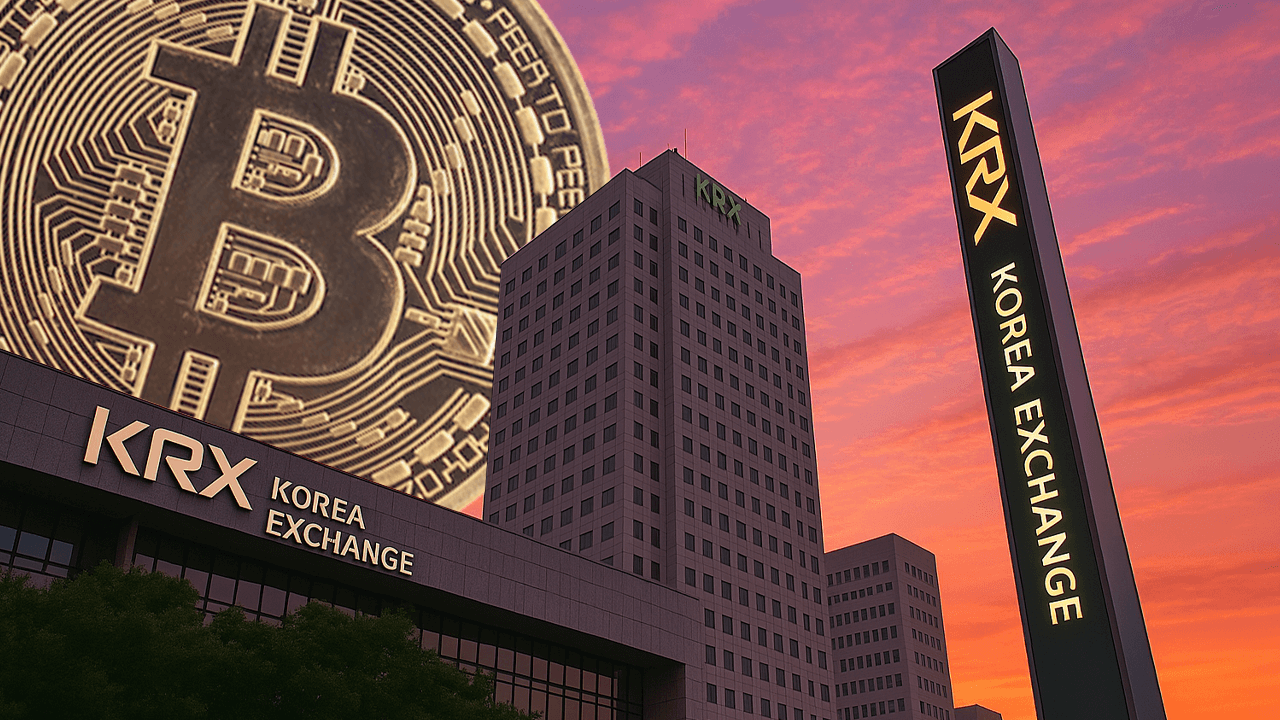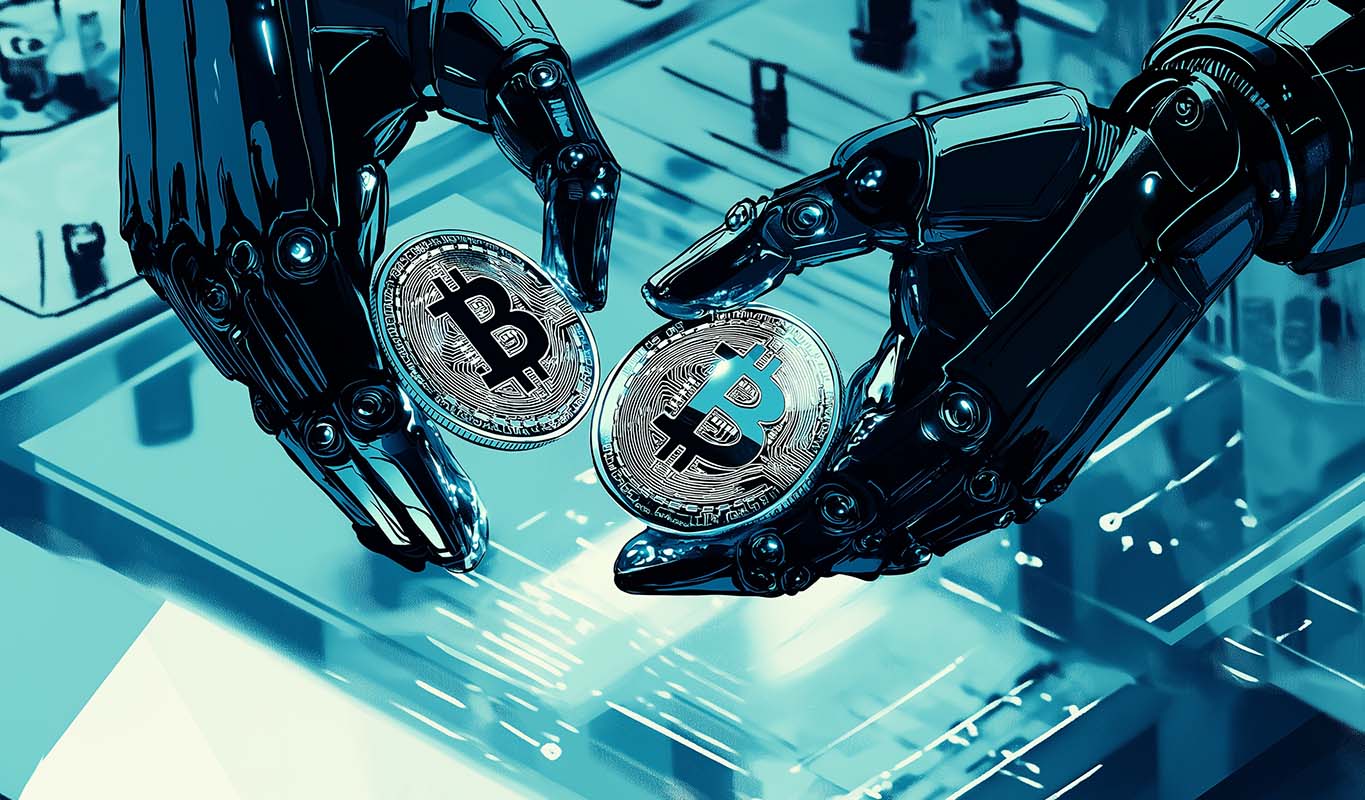Faster Ethereum Hard Fork Upgrades: A Game Changer in Blockchain Technology
In a recent interview, Ethereum co-founder Vitalik Buterin shared his thoughts on the current process of shipping Ethereum hard fork upgrades. He expressed that he has encountered “near-zero pushback” on the idea of expediting the upgrade process. This news has sparked excitement and curiosity in the blockchain community, as it could potentially lead to significant improvements and advancements in Ethereum’s functionality and scalability.
The Current Ethereum Hard Fork Upgrade Process
Before delving into the potential implications of faster Ethereum hard fork upgrades, it is essential to understand the current process. Ethereum hard forks are upgrades to the Ethereum blockchain that aim to fix bugs, improve security, or add new features. These upgrades require a consensus among the Ethereum community, which can be a lengthy and complex process.
The Ethereum community uses a two-step process for hard forks. The first step is a testnet fork, where developers can experiment with the new upgrades and ensure they work correctly. Once the community is satisfied with the testnet results, the second step is the mainnet fork, where the upgrades are implemented on the live Ethereum blockchain.
The Benefits of Faster Ethereum Hard Fork Upgrades
Vitalik Buterin’s call for faster Ethereum hard fork upgrades could lead to numerous benefits for the Ethereum network and its users. One of the most significant advantages is increased agility and responsiveness to security threats and vulnerabilities. With faster upgrades, the Ethereum community can address critical issues more quickly, reducing the risk of potential attacks and exploits.
Another potential benefit is improved scalability. Ethereum has been facing scalability issues for some time, with high transaction fees and slow processing times. Faster hard fork upgrades could enable the Ethereum community to implement new solutions more quickly, such as layer 2 scaling solutions like Optimistic Rollups and Plasma.
The Impact on Individuals and the World
For individuals, faster Ethereum hard fork upgrades could lead to a more seamless and efficient experience when using decentralized applications (dApps) built on the Ethereum network. With improvements in scalability and security, users can expect faster transaction processing times and lower fees. Additionally, faster upgrades could lead to more frequent and innovative features, enhancing the overall user experience.
At a global level, faster Ethereum hard fork upgrades could have far-reaching implications for various industries and sectors. For example, the financial services industry could benefit from increased security and scalability, enabling faster and more secure transactions. The healthcare sector could leverage Ethereum’s blockchain technology to store and share patient data more securely and efficiently.
Conclusion
Vitalik Buterin’s call for faster Ethereum hard fork upgrades represents an exciting prospect for the blockchain community. With the potential for increased agility, responsiveness, and scalability, Ethereum could become an even more powerful and versatile platform for decentralized applications. As the Ethereum community continues to explore and implement these upgrades, we can expect to see significant advancements and innovations in the blockchain space.
- Faster Ethereum hard fork upgrades could lead to increased agility and responsiveness to security threats and vulnerabilities.
- Improved scalability could enable faster and more efficient transactions on the Ethereum network.
- Faster upgrades could lead to more frequent and innovative features, enhancing the user experience.
- Individuals could benefit from faster and more efficient transactions and improved user experience.
- Faster upgrades could have far-reaching implications for various industries and sectors, such as finance and healthcare.





